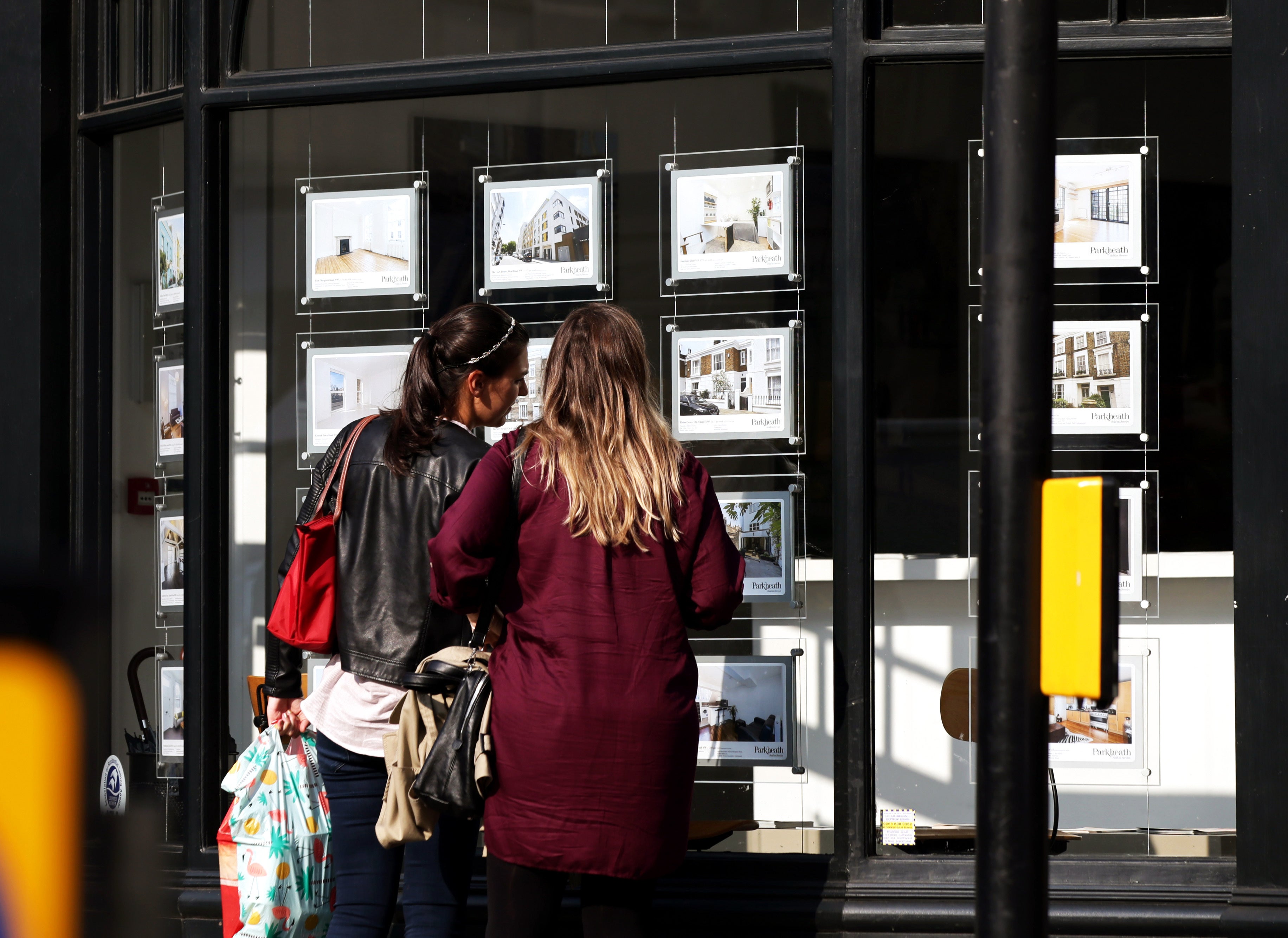Finally, is there a way out of the housing crisis for first-time buyers?
New mortgage figures from Rightmove lay bare the scale of the problem facing those trying to get onto the property ladder – but amid the election pledges to fix the housing sector, there is at least a glimmer of hope, writes James Moore


Housing in Britain is, frankly, a horror show. This has been the case for some time, a result of successive governments burying their heads in the sand because it’s an expensive problem for which there’s no quick fix.
But every now and again, the reality of the scale of the challenge forces the powers that be to take notice.
The latest figures from Rightmove, for example, paint a grim picture, particularly for those trying to get onto the lower rungs of the property ladder. Analysis from the firm shows that the average monthly mortgage payment for first-time buyers has risen by 61 per cent to £1,075 since the last election in 2019.
Over the course of a year, that adds up to £12,900. The average UK wage stands at roughly £35,000, but the increase in first-timers’ average mortgage payments have outpaced wage growth by a wide margin – over the same five-year period, average wages went up by just 27 per cent.
Part of the reason for the sharp rise in housing costs is that the average price of homes bought by first-time buyers has risen by nearly a fifth (19 per cent) to £227,757 since 2019. But mortgage rates have played a similarly malign role, driven by the series of base-rate rises imposed by the Bank of England.
It’s important to remember that first-time buyers are not the only ones affected by the rise in housing costs. Those who had been enjoying the benefits of the cheap deals available when rates were much lower, but are now having to remortage at the end of those fixed-rate deals, have also been hit hard.
There may be some relief to come – broker John Charcol tells me that recent developments in the market give lenders room to offer something a bit better for buyers – but long term, there is only one solution to Britain’s housing crisis: building more homes. Right now, there are too many people chasing too few properties, with sadly predictable results.
Some of the Conservatives’ housing promises are particularly problematic here. They have pledged to set up a new help-to-buy scheme so first-time buyers can obtain affordable, low-deposit mortgages. The trouble with the previous iterations of these schemes, as housing charity Shelter has repeatedly warned, is that they have simply served to increase the number of people chasing the same number of homes. Higher prices are the result.
The Tory plan to permanently increase the stamp duty threshold to £400,000 may look appealing, but the consequences will be much the same. A party that extolls the virtues of free-market economics should be able to see the problem, but Rishi Sunak and co also know that these policies have proved very popular.
They also promise to “deliver 1.6 million new homes” in England during the next parliament – 100,000 more than Labour, although the latter says its 1.5 million promise will be in the form of “a mandatory target”. As for the Lib Dems, they say they will deliver 1.9 million, an easy promise to make if you’re unlikely to be called upon to deliver on it.
It’s very easy for the main political parties to pluck big, bold numbers out of the air, but what really counts is delivering on them. The previous government failed to do that. It promised to accelerate building to 300,000 a year by the end of the current parliament but, according to Savills, the total for 2023 was only 231,100 homes.
It bears repeating that there are problems afflicting all sectors of the UK housing market. High mortgage rates hurt those languishing in the private rented sector as well as owner-occupiers (or would-be owner-occupiers) because they have to pay their landlords’ mortgage costs. Waiting lists for social housing are a running sore.
Improving availability in any one sector – social, private rented or owner-occupier – helps them all by relieving some of the pressure. Planning regulations, nimbyism, red tape in general, developers hoarding land – these have all been blamed for the failure to deliver, especially in places where demand is highest, such as London and the South East.
What is abundantly clear is that fixing Britain’s housing horror show should be among the top priorities for an incoming government. Those holding ministerial red boxes in a few weeks’ time will be ruthlessly held to account for any failure to hit the bold promises they have made.






Join our commenting forum
Join thought-provoking conversations, follow other Independent readers and see their replies
Comments